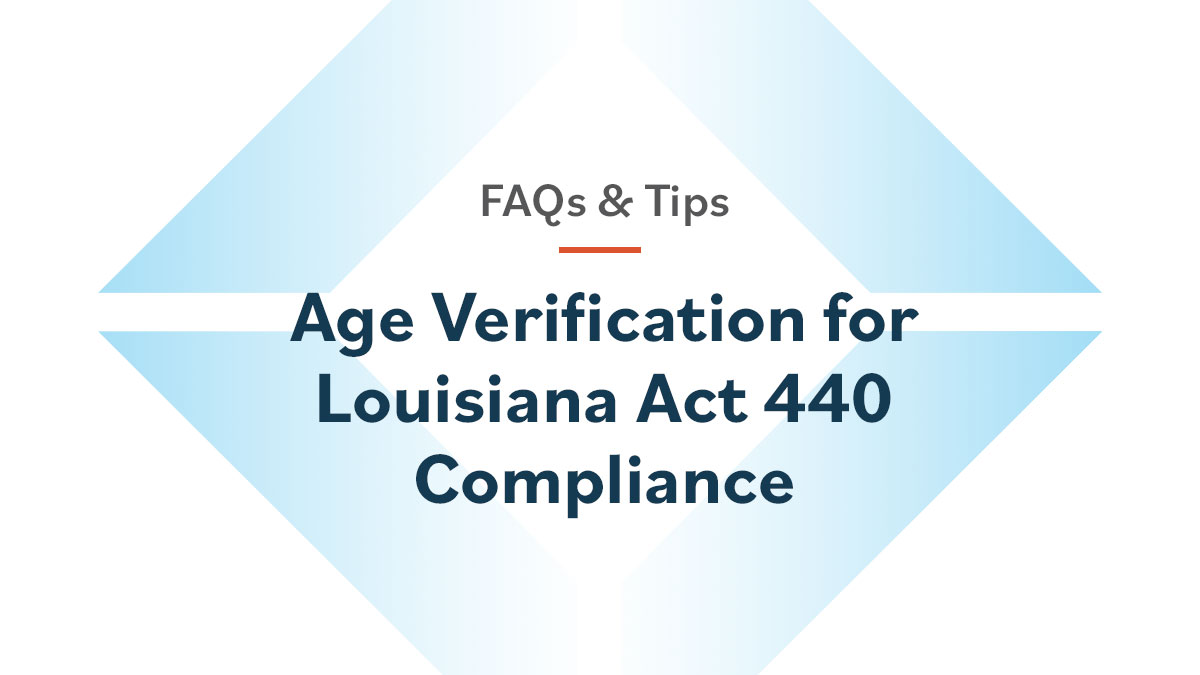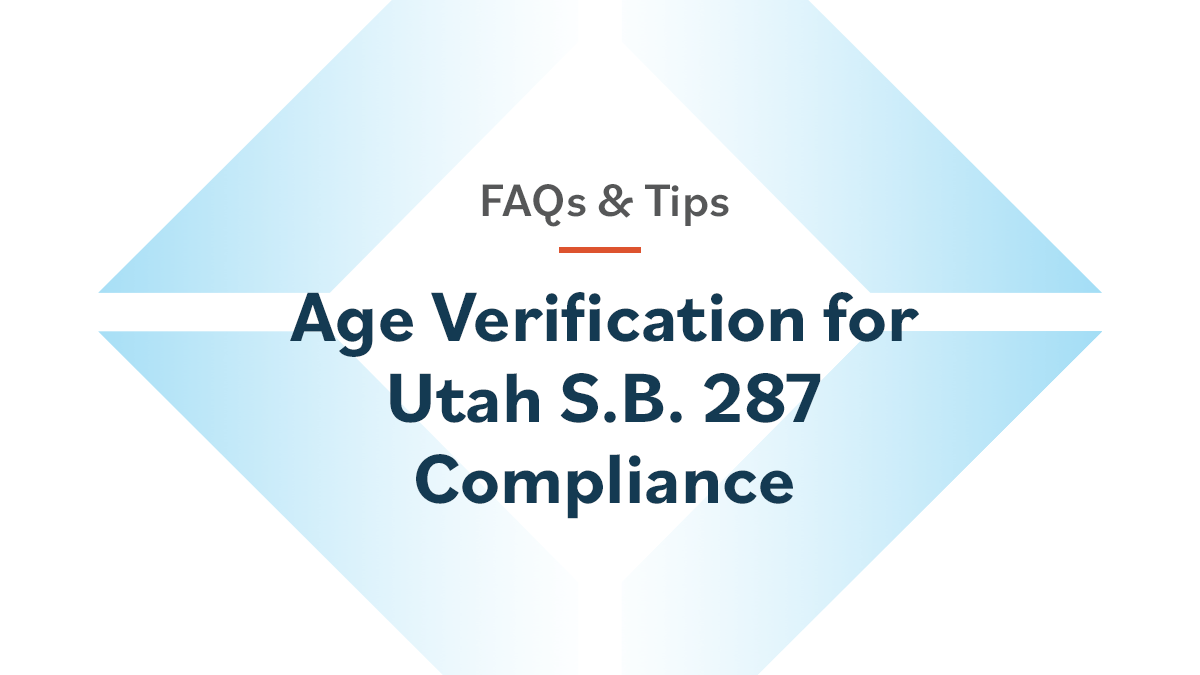
April 8, 2022 | Veratad Blog | Category: Age Verification
Optimizing The Age Verification Process: A Risk vs. Friction Balancing Act
An optimized age verification process requires a proper balance between managing risk and minimizing friction when it comes to online transactions. So, what happens when your age verification solution isn’t addressing both?
If you’re an online seller of age-restricted products or content, age verification already plays a critical role in your transaction process, and it’s likely you have already come to appreciate the challenges associated with meeting age verification compliance requirements while preserving your customer’s online experience.
When it comes to verifying age online, achieving this balance of managed risk and reduced friction is largely reliant on the capabilities and flexibility of your age verification solution. So, you need to ask the question, how capably does your age verification process meet both the compliance needs of your business and the experience needs of your customer? Furthermore, is it possible to accommodate both needs with one approach?
We are, of course, going to answer these questions. Let’s first examine why friction and risk must be balanced in the first place.
How Friction Slows Down Transactions
With respect to online transactions, friction is any barrier put in the way of a customer completing a purchase. In essence, a true, zero-friction transaction would be a one-click purchase with no checks or barriers, and in turn, friction increases with each check or step you add to your checkout process.
We can all agree that the less friction a customer encounters in the checkout process, the more likely they are to complete a purchase. However, while a zero-friction transaction may be appealing for the customer, the reality is, age-restricted businesses can’t afford the risks that a zero-friction approach might allow in the door.
Risk vs. Friction in Age-Restricted Commerce
In the early days of age-restricted online commerce, online sellers relied on a self-certification that just required the user to either click to confirm they were over a certain age, or just enter their year of birth. There was little or no effort to run additional checks or assurances in the background. Regulations for web sales weren’t fully in place, and there was little risk of penalties if an underage person were to access your site. In other words, if a person said they were 21, then as far as the seller was concerned, they were 21.
Today, online sellers of age restricted product and content face a very different environment. Regulation and enforcement efforts are catching up. In this new heightened regulatory environment, online sellers of age restricted products are every bit as concerned about meeting compliance requirements as they are with customer friction. One evidence of this is the growing number of sellers adding layers of assurance to include a component of identity verification alongside their effort to verify age.
This new trend seems rightly aimed at not only mitigating compliance risk but also protecting against reputational risk. Companies are on the move to demonstrate full compliance, due diligence and social responsibility to consumers, parents and law enforcement. At the same time, consumers are now expecting more from online sellers regarding their safety and security while shopping online.
So, how do you find the right balance?
How Intelligent Friction Can Optimize Age Verification
The answer is intelligent friction. Instead of eliminating friction altogether, intelligent friction means adding the right amount of friction to a transaction process that enhances trust on both sides of the transaction.
Age verification providers focused on intelligent friction are not just focused on one approach but will add the right checks where it makes sense using a full toolbox of age verification methods. This multi-method functionality allows for the use of multiple verification methods, all deployed in a single API, either in tandem or escalation, creating an experience that is fully optimized for the customer without lowering your business tolerance for risk.
Conclusion
Secure age verification is a critical part of keeping a business compliant and preventing underage access to age-restricted products. With children more tech-savvy than ever, it’s important to ensure your age verification process can reliably block underage access without inconveniencing age-appropriate customers.
A savvy age verification provider can help your age-restricted commerce site strike that balance with intelligent friction, adding the right checks where it makes sense.
Veratad can help you find the balance in your age verification process. See how we can help you by requesting a free demo today.



